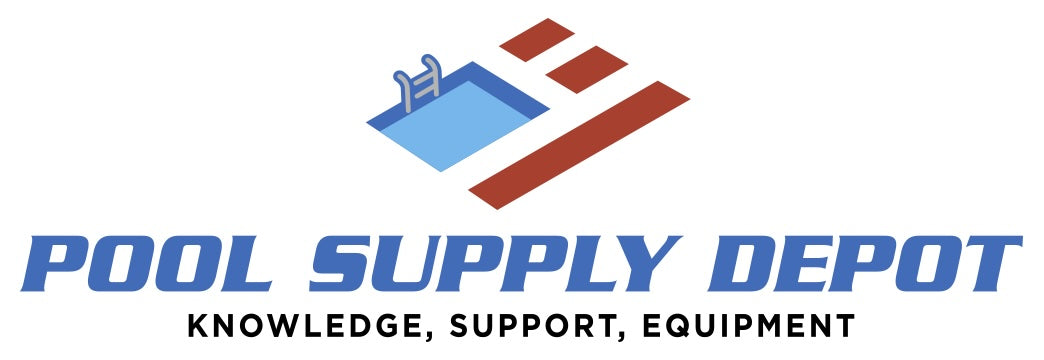You’re thinking of upgrading your pool equipment and wondering “Should I invest in a salt chlorinator or a heater next?” If you own a pool in Nevada (or anywhere with similar climate and usage habits) and want to make your money work smarter — not just try the latest gadget — this is for you.
In this guide, we’ll break down real 2025-pricing for salt chlorinators vs pool heaters, show you what impacts cost, and help you decide which one makes sense for your backyard.
Preview: First, we’ll explore salt chlorinator costs. Then we’ll compare pool heater costs (both upfront and ongoing). Finally, we’ll look at how your usage and local climate affect the value you’ll get — so you can pick the right investment, not just the flashiest product.
What does it cost to install a salt chlorinator system?
Many pool owners think “salt system” means no chemicals and easy maintenance — but the equipment itself still has a cost. For 2025, salt chlorinator systems for residential pools typically range from about $600 to $2,500 for the unit (depending on size, brand, and model) according to multiple cost surveys. Larger, premium models with high capacity or smart controls push toward the top of that range.
We’ve seen many Nevada homeowners spend around $1,000–$1,500 for a quality salt system (including cell, control panel, compatible plumbing) when replacing an older generator. The wide range comes down to pool volume, how many gallons you’re treating, and accessory features (like remote monitoring).
Ask yourself: “How many gallons is my pool? Will I upgrade controls or keep it basic? How long do I plan to own the pool?” Because $600 vs $2,500 makes a big difference if you’ll be there many years.
What does it cost to install a pool heater?
Heating your pool is a big-ticket item — especially if you swim frequently or want year-round use. Based on 2025-era cost data, a pool heater (unit + installation) typically runs in the range of $1,500 to $6,000+, depending on fuel type, size, brand, and any required upgrades (gas line, electrical). Some reports list prices from about $1,600 to $5,200 for installed systems.
In Nevada, for a standard in-ground pool (say 15,000–25,000 gallons) choosing a gas heater might cost around $2,000–$3,000 for the unit alone, and installation (gas line, pad, permits) can add another $500–$2,000. A heat pump type might cost more upfront ($3,000–$5,000) but lower ongoing energy cost. Heating is a long-term commitment. Think: “How often will I use the heater? What fuel/energy type do I prefer? Am I okay paying more now to save later?”
Cost comparison: Salt chlorinator vs. pool heater
Here’s a side-by-side snapshot of typical upfront cost ranges and key cost drivers based on 2025 data and Nevada-specific adjustments:
| Equipment | Typical Up-Front Cost (2025) | Ongoing Cost Considerations | Key Cost Drivers |
|---|---|---|---|
| Salt Chlorinator | ~$600 – $2,500 | Salt replacement, cell replacement (every 3-7 years) | Pool size, brand/model, existing plumbing/equipment |
| Pool Heater (Gas or Heat Pump) | ~$1,500 – $6,000+ installed | Fuel/Energy cost, maintenance, lifespan | Fuel type (gas vs electric), installation complexity, usage frequency |
Interpretation:
Installing a salt system is generally less expensive upfront than a full heating system.
But a heater’s value depends heavily on how much you’ll use it and the local energy costs.
A salt system’s ongoing costs are lower for sanitizing but still require periodic cell replacements and maintenance.
If you only install one piece of equipment, ask: “Which will give me more value for the way I use my pool?”
What to consider before you buy
-
Pool size & gallons: Larger pools require larger equipment — both for chlorinators and heaters.
-
Existing infrastructure: If you already have a gas line, heater pad, or adequate electrical panel, cost drops.
-
Usage habits: Frequent swimming → a heater might pay off. Primarily summer only → maybe a salt system first.
-
Maintenance commitment: Salt systems still require maintenance (cell cleaning, balancing). Heaters need fuel/energy budgeting and occasional servicing.
-
Lifespan & replacement costs: Salt cell replacement every 3–7 years. Heaters may last 7–15 years depending on type and maintenance.
-
Energy/fuel costs in your area: Nevada’s rates, utility availability, and climate will influence long-term cost.
Key takeaway
If you’re deciding between a salt chlorinator and a pool heater in 2025:
-
Installing a salt chlorinator is typically less upfront cost and good value for sanitizing.
-
A pool heater is higher upfront, but if you use it often, it might deliver more value over time.
-
The “true cost” isn’t just the purchase price — it’s the maintenance, usage, and local conditions that determine value.
At Pool Supply Depot, we’re here to help you run the numbers based on your pool size, usage, and local utility rates — so you pick the system that’s right for you, not just the one that looks good on paper.




Comments (0)
There are no comments for this article. Be the first one to leave a message!